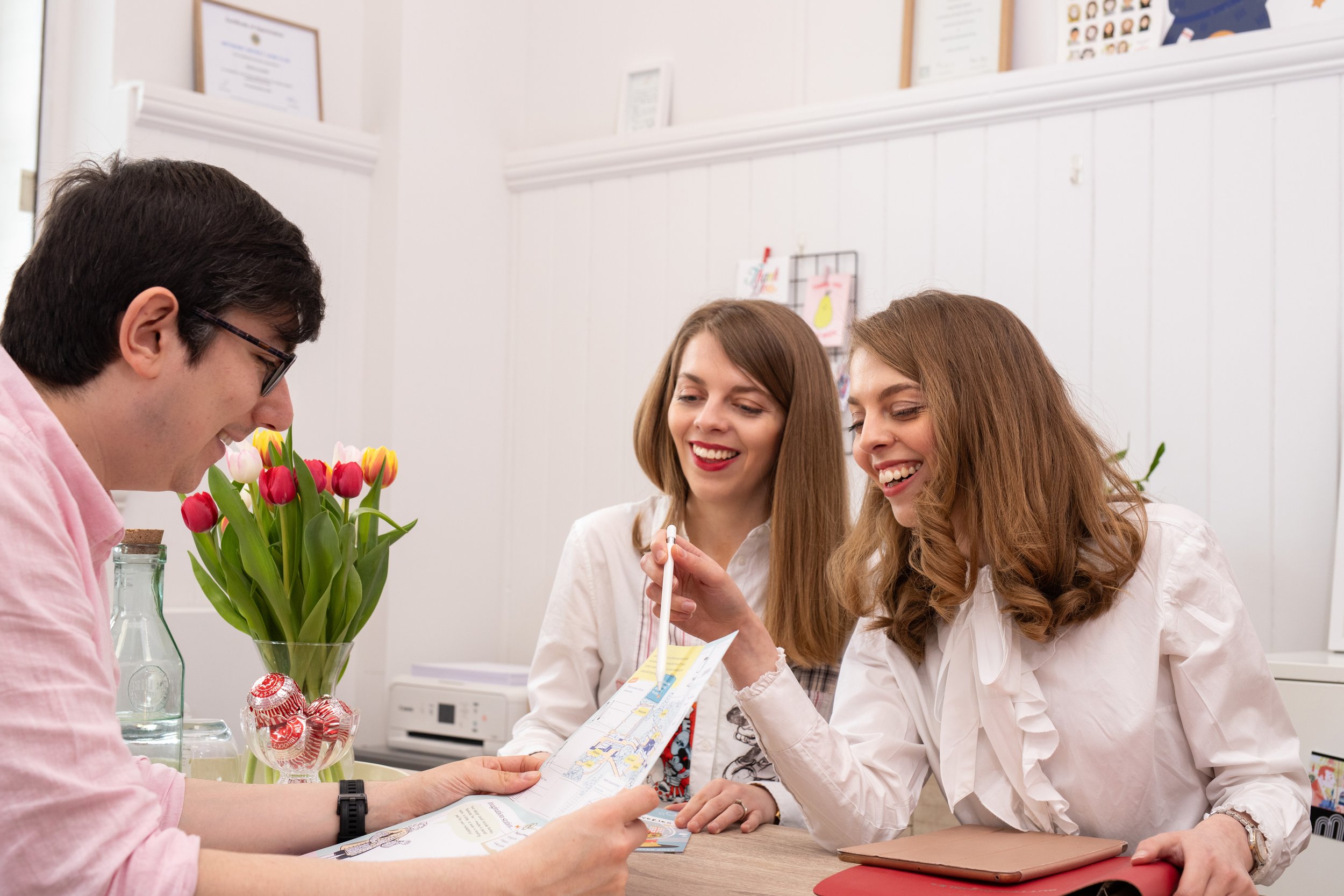Design Thinking: Why Design is More Than a Tool
We must value arts-based practice within knowledge exchange — it's not just a method for visualisation. It's so much more.
There is a preconception that artists and designers exist to decorate and make things pretty. Now, famed designer, Dieter Rams stated "Good design is aesthetic", yet only well-executed products can truly be beautiful. We must think about both form AND function.
Creative practitioners deliver massive value through their labour, creativity and idea generation. They engage the public through workshops and find meaning in our world. They are active players in any research process.
The world is messy, so the antidote needs to address this. This antidote is design thinking. Design thinking is a process that solves complex difficulties in an organic and people-focused way. After all, if humans are part of the problem, they can be part of the solution!
When approaching challenges, how can design be more than a visualisation tool?
These are the questions you can ask yourself:
"What stage of the process am I at?"
"Who would I like to engage within the process?"
"What elements of this project am I working on?"
"How can I communicate this process best?"
Note how it is user-centric. Design thinking is about finding solutions rather than ruminating on the problem. It is where innovation grows from. During the process, you travel from fact to imagination and back again. You'll clarify the situation, ideate on solutions, and develop and test prototypes. Finally, implement and reflect. Indeed, you may loop between testing and implementing a few times because design thinking is an iterative process.
One example of success has to be Airbnb. The famous homestay broker went from $200 profit (per week) to "unicorn". How? They built a culture of experimentation. The team can play with modifications to the business to understand how people use the platform. It allowed them to transition from failing startups to publicly traded stocks.
Designers and artists are big-picture thinkers. They understand high-level, abstract concepts. They can take something from the imagination and evolve it into reality. This thinking allows us to break away from the status quo and explore new possibilities. The world benefits from pioneers, mavericks and inventors. Embrace your curiosity and enthusiasm to make an impact.
Arts-based practice allows us to consider how something is planned or made holistically, with people at the heart of it. It's a solution for humanity.
References
Review. 2013. How Design Thinking Transformed Airbnb from Failing Startup to Billion Dollar Business. [Online]. [Date accessed: 4 June 2024]. Available from: here.
UX Collective. 2022. Dieter Rams and Ten Principles for Good Design. [Online]. [Date accessed: 4 June 2024]. Available from: here.

